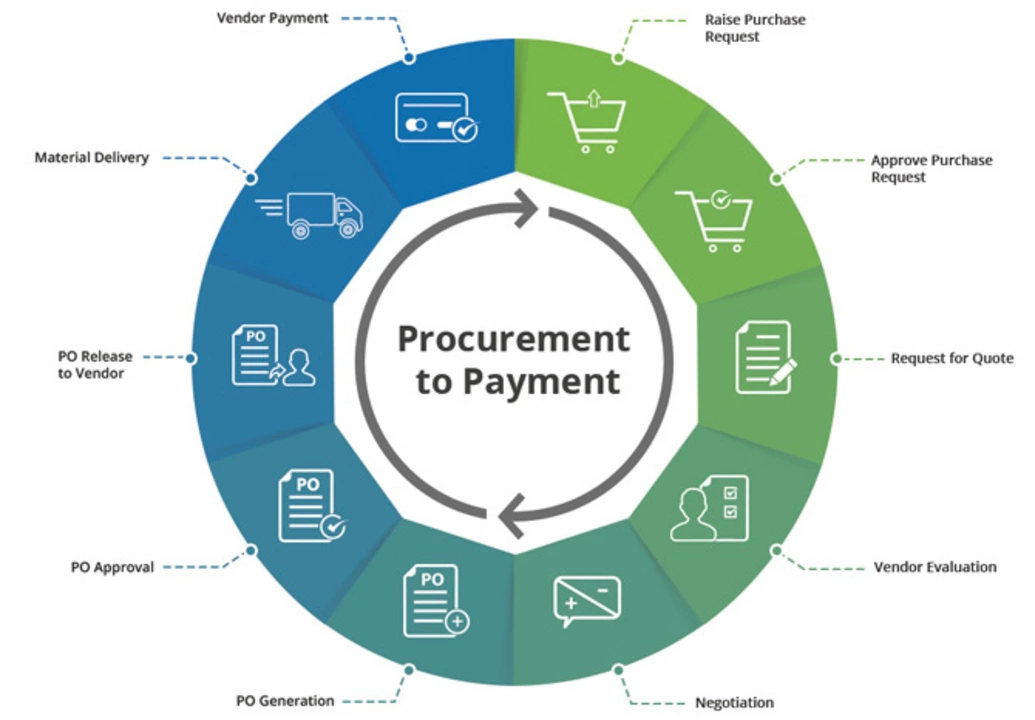Medication Management: Simple, Practical Ways to Stay Safe
Medication management means keeping track of what you take, why you take it, and making sure medicines help rather than hurt. Small habits prevent missed doses, unsafe mixes, and confusing piles of bottles. Below are clear, useful steps you can start using today.
Daily habits that actually work
Make one place your “medicine station.” Keep current prescriptions and a weekly pillbox there. Fill the box once a week—do it while checking labels so you don’t mix strengths or brands. Set a phone alarm or use a simple reminder app to prompt each dose. If you swap pharmacies, keep everything at the same one when possible so pharmacists can spot interactions. Carry a short printed list with each drug’s name (brand and generic), dose, why you take it, and the prescribing doctor. That list beats guessing when you need help fast.
Refill ahead of time to avoid gaps. For medicines that must be taken with or without food, stick to the rule—taking a pill on an empty stomach when it needs food can make it less effective or upset your stomach. If a medicine needs refrigeration or special handling, keep it separate and label the container with a clear note so family or caregivers don’t make a mistake.
When to ask for help and which tools to use
Use tools that match your routine. A simple pillbox works for many people. If you travel, ask your pharmacy for blister packs or pre-sorted doses. Reminder apps and automatic refills help if you forget or have a busy schedule. If cost is the problem, ask your prescriber about generics or cheaper alternatives before skipping doses.
See a pharmacist or your GP for an annual medication review, especially if you take several drugs. They can check for interactions, overlapping effects, or meds you might stop safely. Bring your printed list to every appointment and after a hospital stay—medication reconciliation catches changes that otherwise cause harm.
Watch for new symptoms after starting a drug: unusual tiredness, stomach pain, dizziness, unexplained bruises, or mood changes. Write them down with dates and share that list with your doctor. If a pill causes worrying side effects, don’t just quit—call your prescriber and ask for a safer option or a dose change.
Finally, plan for trips and disposal. Keep prescriptions in original containers with labels when flying and carry a copy of the prescription. Use local pharmacy take-back programs for unused meds—don’t flush them. Start with one change this week: print your medication list, set a daily alarm, or book a quick review with your pharmacist. Small steps keep you safer and make meds work better for you.
